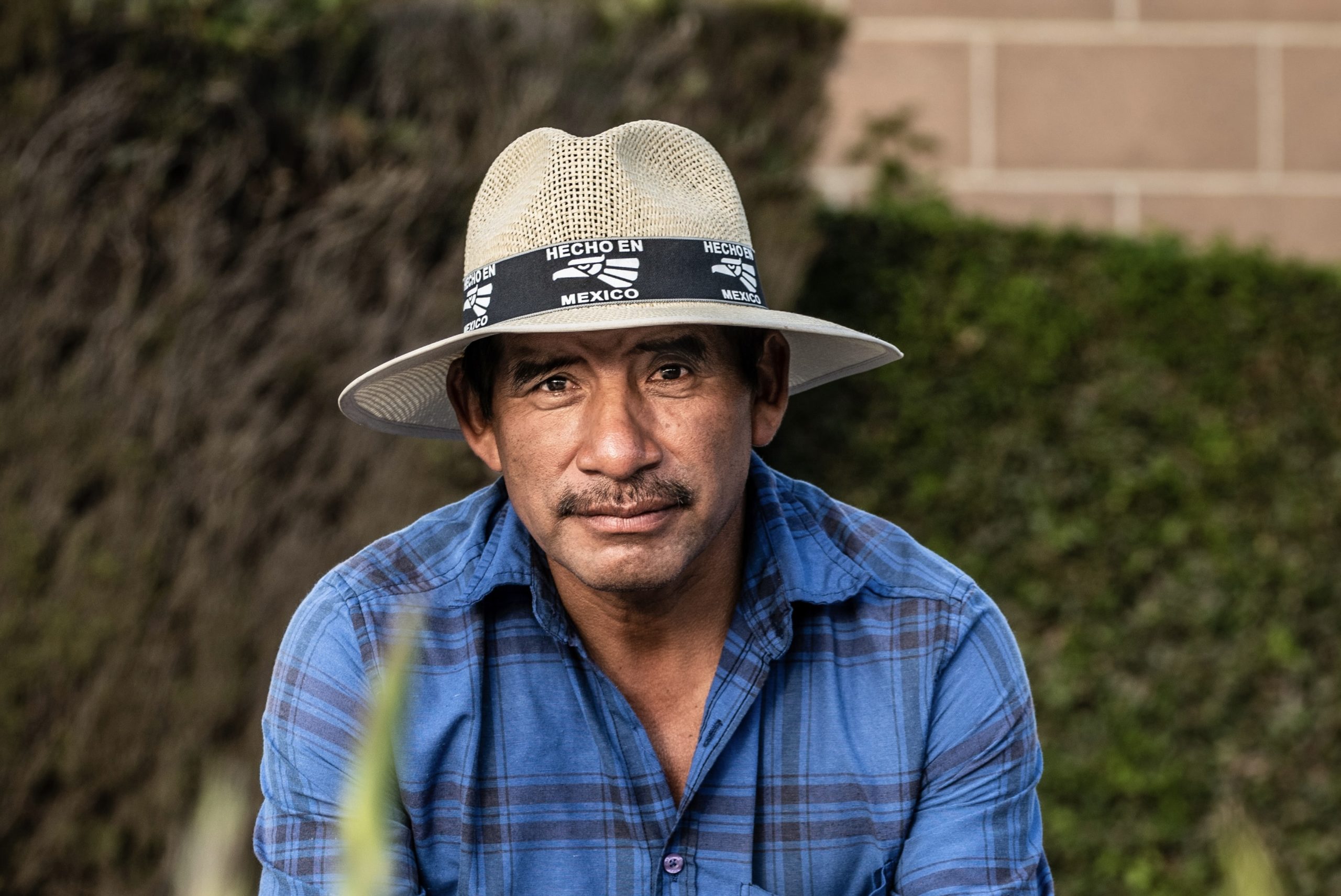In a Harvard Business Review article earlier this year, Don Tapscott asked his readers, “How will you participate in the global solution networks that are increasingly managing to address the world’s problems?” According to Tapscott, a global solution network is a group of independent parties that have coalesced around a global problem or task they perceive as important but that none can handle on its own.
He goes on to point out that the world’s biggest problems have traditionally been confronted by nation-states—think Bretton Woods and the WTO Rounds. Aside from the cumbersome process of working out solutions among states, many of the world’s most pressing needs are global or cross-territorial in nature and therefore cannot be addressed by diplomacy alone. Take migration, climate change, or human trafficking, for instance. According to Tapscott, purposeful networks can help chip away at these problems in ways that nation-states cannot.
Thanks to amazing strides in information and communications technology, today’s internet-facilitated global solution networks allow individuals from all social strata to unite around a cause at an unprecedented scale. People that had resigned to defeatism or were simply uninformed before can now extend a helping hand to disaster relief, anti-human trafficking efforts, and poverty alleviation through a “Like” or a micro-donation. A white sheet of paper with the handwritten words “Stop Kony” placed into my brother’s mailbox by a 12 year-old down the street is just one example of the extraordinary reach these networks can have.
[pq]While modern solution networks may succeed in scale and efficiency, they cannot replace the community.[/pq]
And yet where these modern solution networks may succeed in scale and transactional efficiency, they cannot effectively replace another, much older, type of problem-solving organism—the community.
Instead of relying on technology to link individuals with information and problems, communities rely on trust and local knowledge. Through the relational sinew that strengthens over time, individuals, associations, and organizations can adapt to needs as they emerge in real time.
For instance, a store-owner may take off his businessperson goggles momentarily to help a long-time patron or employee in need. Or neighbors may offer assistance to a family business in the midst of tragedy. Breitbach’s, a historic country restaurant in Balltown, Iowa, was rebuilt twice by family, friends and neighbors after the establishment burned to the ground in 2007 and again in 2008.
This community-proper is exactly the kind of problem-solving organism that Alexis de Tocqueville observed in “Democracy in America”:
When an American asks for the co-operation of his fellow-citizens it is seldom refused, and I have often seen it afforded spontaneously and with goodwill . . . . [I]f some great and sudden calamity befalls a family, the purses of a thousand strangers are at once and willingly opened, and small but numerous donations pour in to relieve their distress.
Whereas smaller, idiosyncratic deficiencies might be overlooked by larger networks, community agents can activate to heal their own and can do so with exactitude. Like networks, communities can adapt, organize, and self-heal. But perhaps the main difference between these two problem-solving organisms is that communities can nurture virtues like faithfulness and generosity rather than flash-pan compassion.



